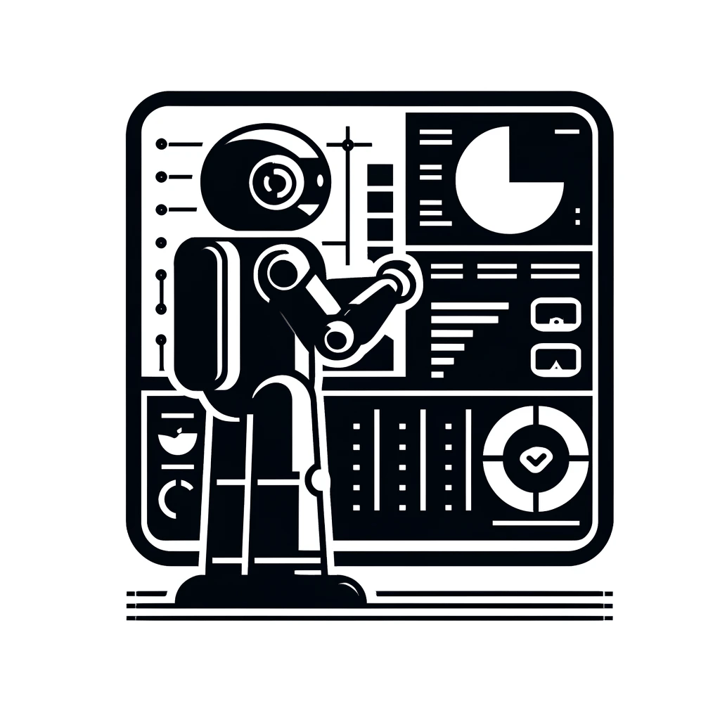Assurance-Engineered AI Adoption Playbook


Our Playbook will guide you in the development of an AI use-case with built-in best practice assurance, so you can deploy AI responsibly.
Each stage has been designed to help you turn a good idea into a trustworthy reality.
It will provide the necessary frameworks and best practices for adopting AI, maximising success and mitigating failures.
There are five broad stages of the AI Adoption Playbook, which group several key steps within each stage.
Drawing on our three years of cutting edge AI Safety experience, we've mapped the stakeholders, assets and 'Business State' information required to effectively progress through each critical step of each the five stages in our AI Adoption Playbook.
We guide you through the 'Analysis' and 'Actionable Tasks' you must perform to successfully complete each stage.

UNDERSTAND USE CASE
Understanding the model’s purpose, its job and what its value is for the business.

MEASURE RISK.
Allocating risks is essential because The AI Act’s primary concern is the level of risk posed to the public.

RESOURCES.
Understand if you have the data and skills to feasibly and efficiently achieve use-case objectives.

DEVELOP AND TEST THE MODEL.
Ensuring development is undertaken according to the compliance requirements for the model’s use.

DEPLOY AND MONITOR THE MODEL.
Monitoring continuing operation to prevent lapses or deviations from intended behaviour or use.
In this case, 'Stage 1: Awareness of the Use-Case' results in the creation of a 'Use-Case Card'.
Note that you would create one of these cards for each new use-case you consider.
This enables a methodical and fair comparison of all use-cases ultimately helping you decide which to proceed with.
Each stage has an instructional card. Its purpose is to guide you in the creation of the stage deliverable. To the right, you see our Stage 1 instructional card: Awareness of the Use-Case.
At the top left, 'Required Stakeholders' shows which 'roles' are required. Precise job titles may differ, but somebody from each of these disciplines will be needed to share their perspective on the use-case.
'Assets Needed' lists the information and policies required to complete this stage.
'Business State' refers to a living read-write document, which holds knowledge you will need about the business more broadly, required to complete this stage. Note that you are also likely to discover new knowledge while completing each stage to 'write' back to the Business State.
On the right, you'll see the incremental steps of the stage, the stage 'Purpose', and the 'Analysis' and 'Actionable Tasks' you will perform in completing this stage.
To the left, you'll see a 'Use-Case Card', which is the Playbook's output for Stage 1 'Understand Use-Case and Scope'.
The 'Stage Card' essentially guides your to ask the right questions and perform tasks needed to complete these Cards.
When exploring use-cases, you may find that you hit a barrier that prevents you from progressing. That's ok because, over time, you will grow a collection of these physical/digital cards.
This will help compare the value of use-cases in a standardised way and re-visit previously blocked use-cases when your Business State changes.
The cards for stages 2 through 5 are as follows:
Step 2: Risk Assessment Card
Step 3: Resources Card
Step 4: System Card
Step 5: Monitoring Card
